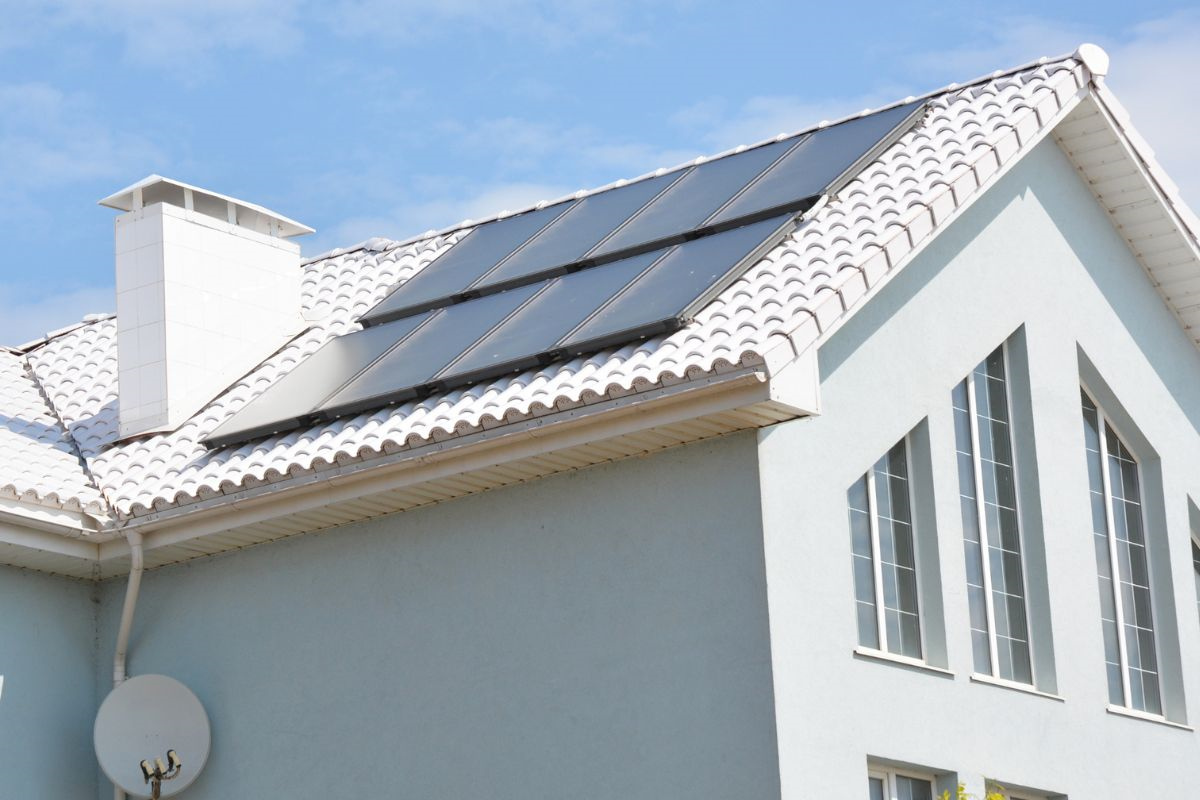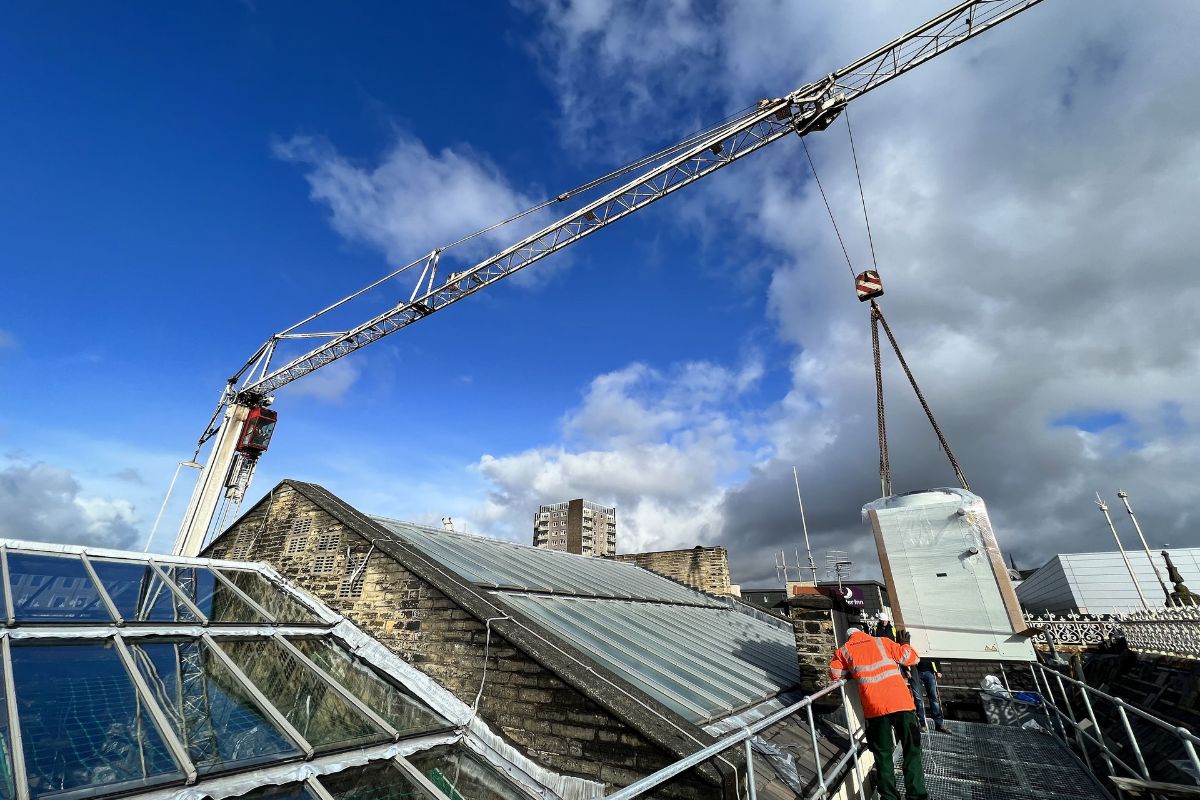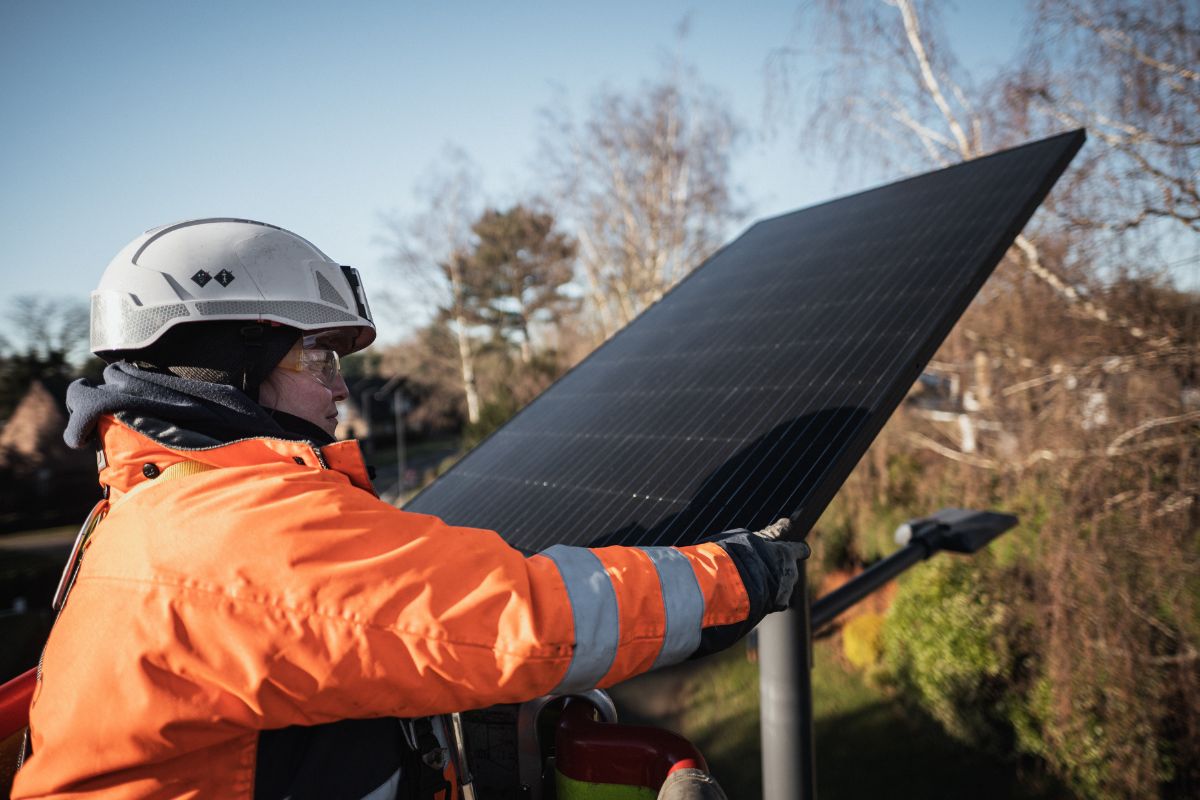How to increase sustainable living
In the dynamic UK property market, sustainable housing is gaining significant momentum, drawing the interest of both existing homeowners and prospective buyers.
The increasing preference for environmentally friendly and energy-efficient homes isn’t merely a fleeting trend; it represents a widespread shift in our perception of property in 2024.
UK Property Market Overview
Before we dive into sustainable housing, let’s take a glance at the UK property market. It’s evident that demand for housing has been soaring, outgrowing the supply of homes for sale. This has hiked up prices and made owning a home tougher for many. Plus, concerns about energy efficiency and climate change are gaining traction.
In response, sustainable housing has become a trending topic. It’s all about building homes that are eco-friendly and use resources wisely. People are increasingly drawn to these homes, driven by the idea of reducing their environmental footprint, and cut energy bills.
With the cost of living continuing to rise, it is one of the main factors pushing people towards sustainable homes. Many buyers are prioritising energy efficiency to save on bills and ensure a more affordable future.
In fact, a survey found that 72% of first-time buyers are more inclined to prioritise energy-efficient homes. With concerns about monthly expenses and affordability on the rise, the importance of energy efficiency for homebuyers is no surprise.
Top Methods to Increase Energy Efficiency
If you’re thinking about making the move to sustainable living, we have gathered the top methods to consider for your property.
- Sustainable Design: The design of a property is a common way to introduce sustainable features. A great method of doing so is increasing insulation levels. In return, you will reduce your property’s reliance on traditional heating systems which cost you more in the long term. Additionally, many sustainable properties will include features such as solar panel which use the sun to generate electricity and heat water for the house.
- Environmentally Friendly Materials: Another aspect of sustainable housing involves using environmentally friendly materials that have a reduced impact on the environment. These materials can be responsibly sourced and often incorporate recycled or reclaimed elements. For example, recycled wood is a popular choice for interior design, while bamboo flooring offers a sustainable alternative to traditional hardwoods because of its renewable nature.
- Water-Saving Systems: Conserving water is another technique to introduce sustainability into the home. Let’s take a look at some examples: Rainwater Harvesting systems: The purpose of this system is to catch rainwater and use it for household functions such as toilet flushing. Low-Flow Features: You can use specialised taps, showers and toilets designed to use less water whilst still working effectively.
- Electric Charging Station: Electric cars are becoming increasingly more common nowadays. Even if you don’t have an electric car yourself, it’s a great method to futureproof your property. Alternatively, if you plan on selling your property in the future, an electric charging station will be a great feature to increase the value of your property.
If you’re on the search for a new property, or thinking of renovating your current house, these features will reduce your environmental impact and enhance its overall energy efficiency.
Advantages of Increasing Housing Sustainability
The advantages of sustainable housing go beyond its environmental impact, offering benefits that can enhance both quality of life and financial well-being:
- Lower Utility Bills and Cost Savings: Sustainable homes are designed to be highly energy and water-efficient, resulting in reduced monthly utility bills compared to traditional homes. By incorporating features such as energy-efficient appliances, insulation, and water conservation, sustainable homes provide long-term cost savings and financial stability.
- Potential for Higher Property Values: With increasing awareness of environmental issues, sustainable homes have become highly desirable in the property market. With demand for features such as energy-efficient appliances and electric charging stations on the rise, this can lead to higher property values.
- Faster Selling Times: In addition to increasing the property’s value, sustainable features can also enhance the marketability of a home and contribute to faster selling times. Therefore, by investing in sustainable features you will not only benefit financially but you will also have a competitive edge in the market, ensuring the property’s value for the future.
Challenges to Implementing Sustainable Housing
Despite the evident benefits, there are barriers which can hinder the widespread adoption of sustainable housing methods:
- Higher Upfront Costs: Sustainable building materials and technologies often come with a higher initial price tag compared to traditional methods. While these investments promise long-term savings in utility bills and maintenance costs, the initial expenses can be difficult to accept initially.
- Limited Expertise: There’s a shortage of skilled labour and expertise in sustainable construction practices. Building sustainable houses or integrating sustainable features into existing ones requires specialised knowledge in building techniques and renewable energy systems. The lack of qualified professionals in these fields poses a challenge to the uptake of sustainable housing.
Despite these challenges, efforts are being made to address these barriers and increase the uptake of sustainable housing. Increased awareness along with government initiatives are helping to reduce upfront costs, expand access to skilled labour and expertise, and improve access to financial supports.
In summary, the rise in sustainable housing marks a significant transformation in the UK property market, largely driven by consumer preferences. Looking ahead, the importance of embracing sustainability is evident. Sustainable housing is here to stay and will therefore be important to those considering buying a new property or upgrading their current one.
Lorna McCarthy is content manager at webuyanyhouse.co.uk






